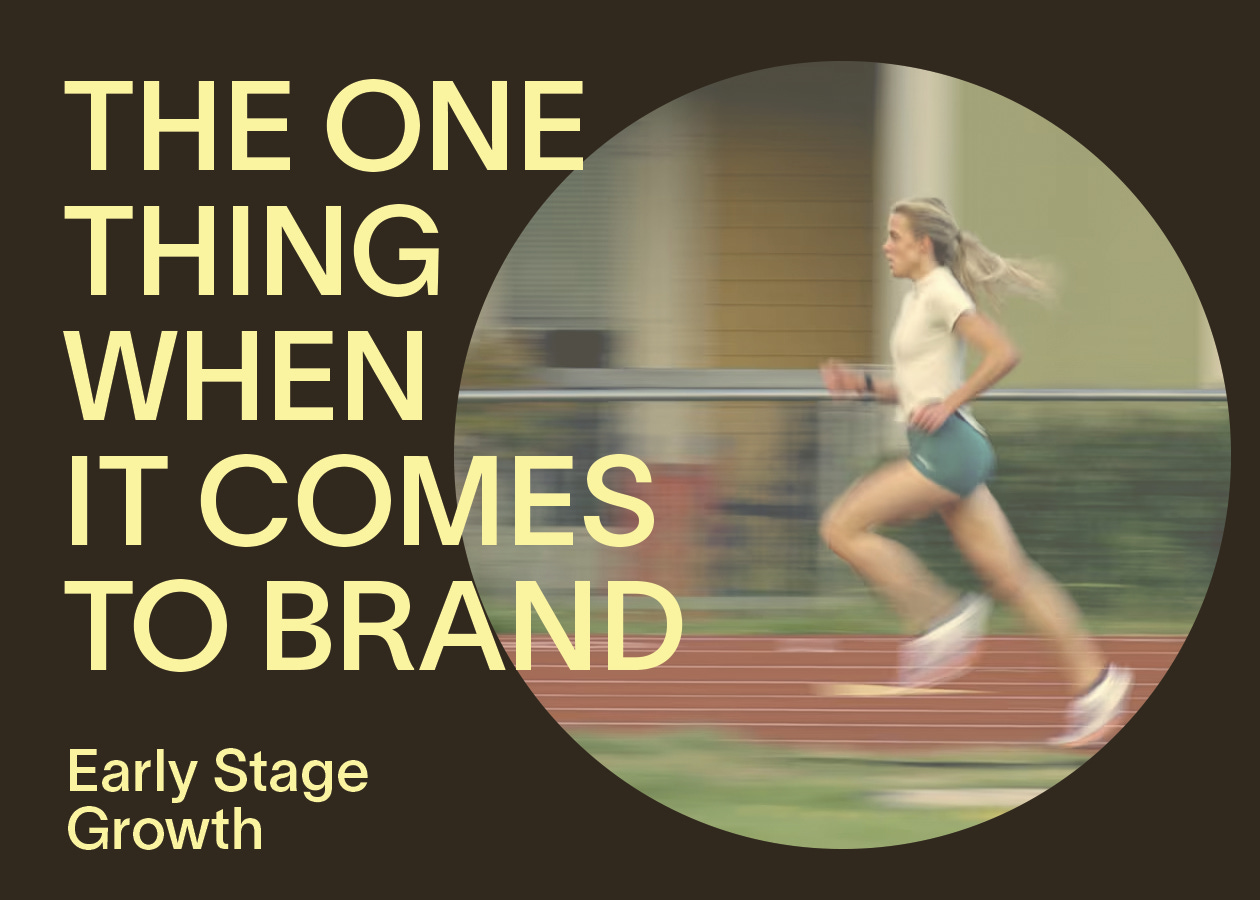Brand marketing
Why your brand marketing is probably missing the one thing that matters
Two years ago, I wrote about when the time is right for brand marketing. It’s been one of the historic most important read topics on the substack. A few weeks ago I had a conversation with one of our creative strategists that provoked a rethink of this.
Here's what most people get wrong about brand marketing: they think it's about values, emotions, or cr…



